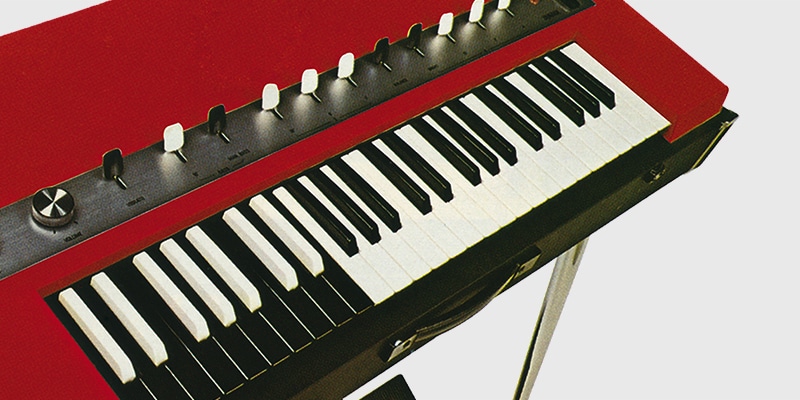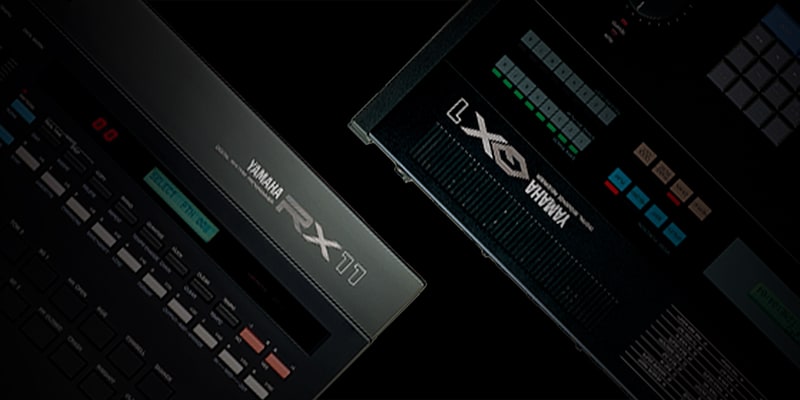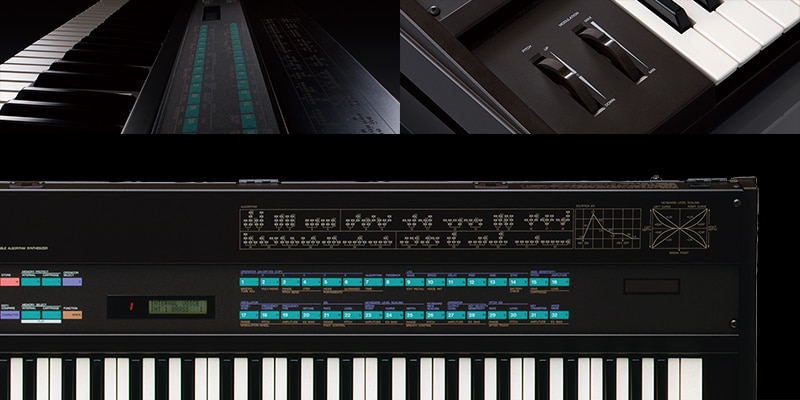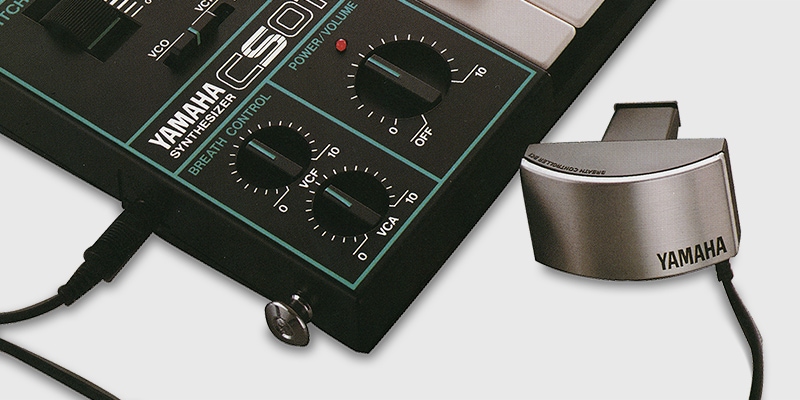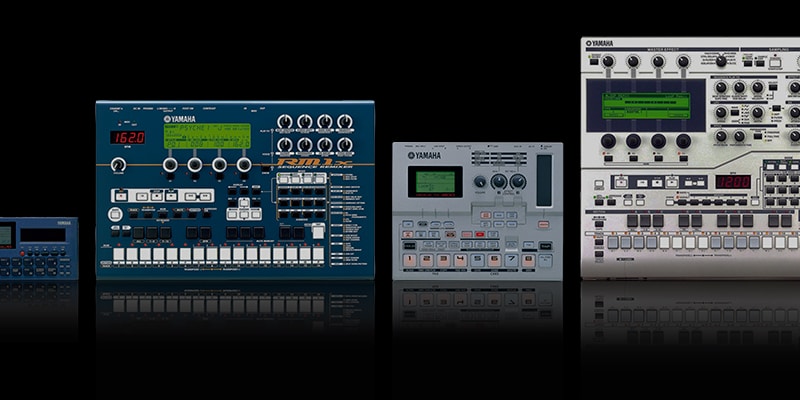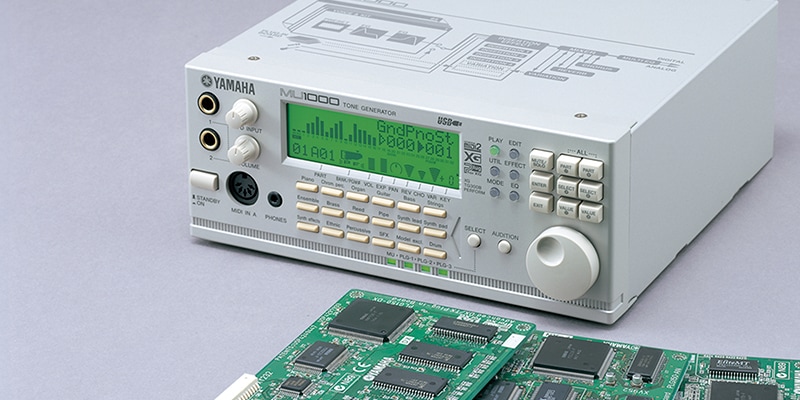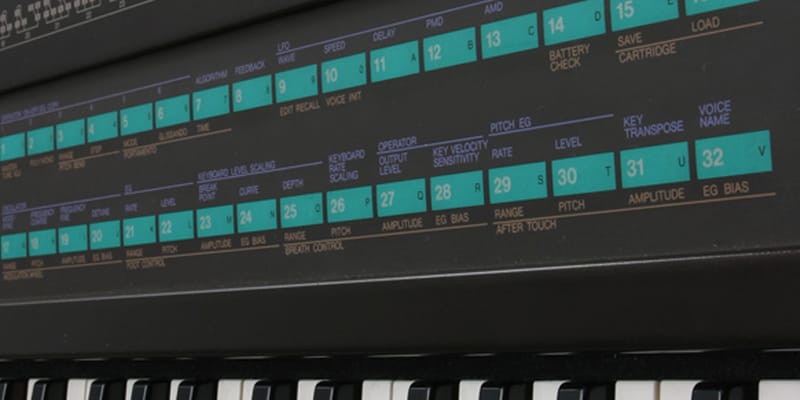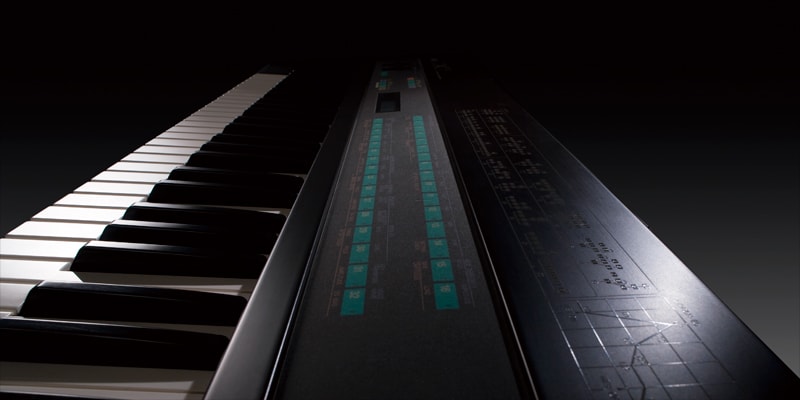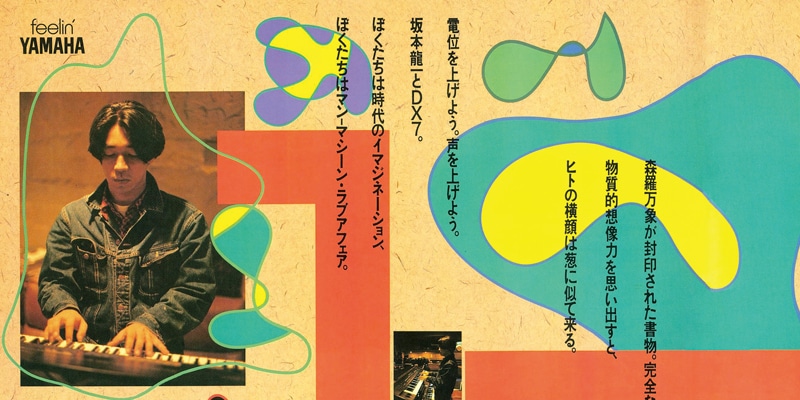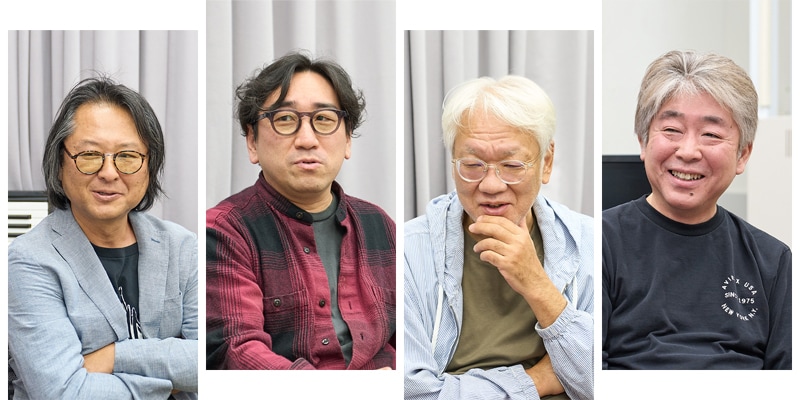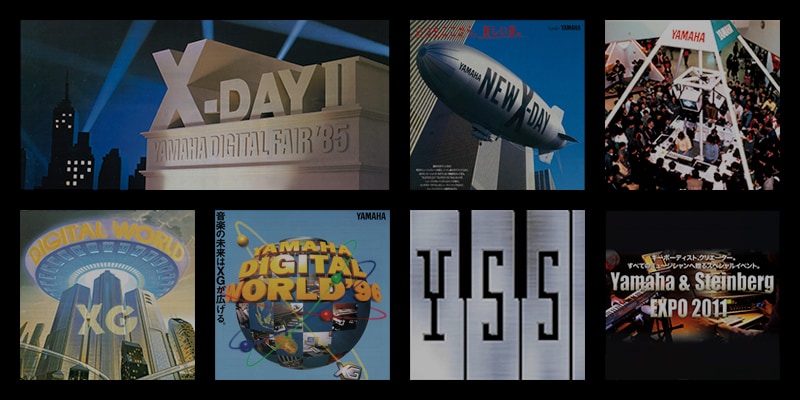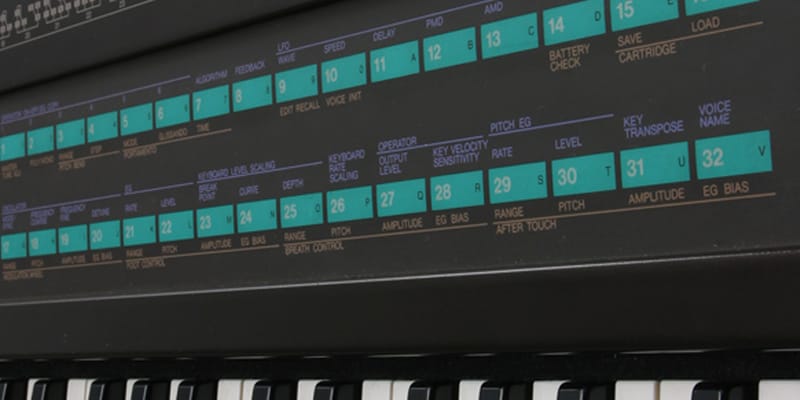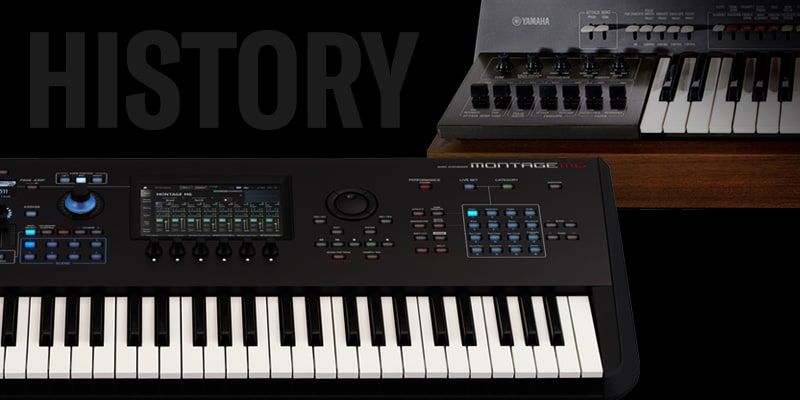CP Series
Forerunner of Yamaha Stage Pianos & Analog Synthesizers

Debuting in 1976, our CP Series stage pianos were designed to be amplified so they could hold their own when played in a band together with electric guitar and bass. Although both belonging to the same series, the CP-30 and the CP-70 introduced at this time were very different under the hood.
The CP-70 retained the basic design of an acoustic piano, with sound being produced by hammers striking strings in tension. Piezoelectric pickups provided for each of the strings converted these sounds into electrical signals, which they also amplified. As such, this instrument’s keyboard felt very similar to an acoustic piano’s, and it quickly became popular with musicians playing in bands.
In contrast, the CP-30 was an electronic piano featuring an analog tone generator, and it would not be an overstatement to describe it as a true analog synthesizer. The CP-30 even had a Decay control knob that could be used to simultaneously adjust attack and decay parameters not unlike those of a regular synthesizer’s ADSR envelope. In fact, this instrument actually had two tone-generation systems, each capable of independent decay control. This meant that sound creation methods typical of modern synths could be applied — for example, using the first tone generator for the attack portion of the sound; and the second for the sustain.

The CP-30 and CP-70 were also identified differently in their respective operating manuals—the CP-30 was an "Electronic Piano", while the CP-70 was referred to as an "Electric Grand". This is further evidence that, although part of the same CP Series lineup, completely different concepts were used in their design.
The CP-7 of 1982 was the last CP Series instrument to be designed based on the analog tone-generator approach. Thereafter, our focus shifted to digital stage pianos employing FM or AWM (sampling) techniques for sound production. And as our synthesizer products took up the mantle of unrestricted sound creation, the CP Series instruments were refocused on faithful reproduction of piano sound and function, ultimately evolving into today’s CP Series. That being said, the techniques and technologies perfected during development of the original CP stage pianos live on in, for example, those MOTIF Series instruments with authentic feeling keyboards or an extensive range of piano sound presets.





